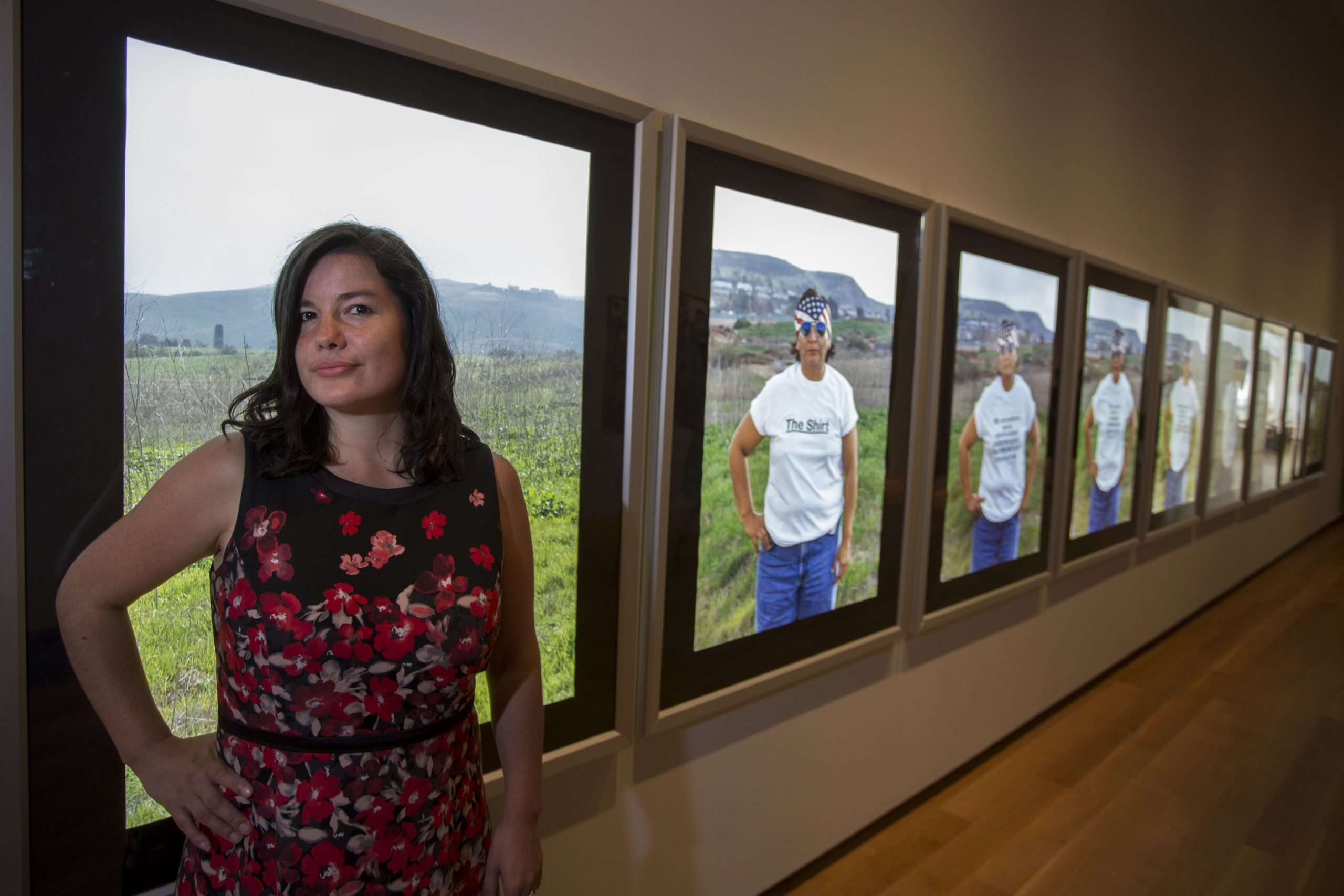
The Art Gallery of Ontario (AGO) is still under fire for the surprise departure of Wanda Nanibush, its first ever curator for Indigenous art, last November. She left just one month after a letter was sent to the museum by Israel Museums and Arts, Canada (IMAAC) alleging that Nanibush was guilty of “hate speech.”
Multiple open letters were immediately published in defense of the curator that demanded clarity over the circumstances of her departure. A new letter has just been published by the Indigenous Curatorial Collective (ICCA) titled “Let Wanda Speak.”
The original letter from IMAAC, which was leaked online and verified by The Globe and Mail, was sent to the AGO’s chief executive Stephan Jost on October 16. It claimed that Nanibush “has resumed posting inflammatory, inaccurate rants against Israel” and that her “stature and position at the AGO validate her hateful opinions.” It went on to condemn the museum’s “incapacity and refusal to contain this promotion of hateful disinformation by its employee.”
The letter did not specify which recent posts of Nanibush’s it took issue with, but said it was “disgusted by her dedication to repeating that Israel is involved with genocide and colonialism.” It also cited an article that Nanibush wrote in 2016 for the since-discontinued magazine Canadian Art, in which she drew a link between the experiences of Palestinians and those of Indigenous communities in Canada. The curator deleted her social media presence sometime after the letter was issued.
The principal letter addressing Jost in Nanibush’s defense was published on November 29 and is signed by over 3,500 artists, writers, curators, and cultural workers. It suggested that “pro-Israel donors[…] pressured the museum’s director and board of directors into silencing Nanibush’s ongoing efforts to educate people about Palestinians and their fight for freedom.” Among four demands, it called for “a public accounting of how AGO board members were involved in the ousting of Nanibush” and asked that all those responsible resign.
Other letters included the “Statement of Concern from Members of the International Indigenous Arts Community to Institutions Worldwide,” and a letter by past recipients of the Governor General’s Awards in Visual and Media Arts, both published on November 28.
In response to these public outcries, Jost published his own open letter on November 30. In it, he said the museum has been asked “to better define the rights and limits of political and artistic expression in a locally diverse but globally complex environment,” and promised “to listen, to understand multiple perspectives, and then together we will articulate our institutional position.” He also wrote, “our support of Indigenous artists remains strong, and respectfully, we do not take this for granted.”
The latest letter by ICCA, signed by over 350 people, responds to this statement from Jost. “The repercussions of your action are being felt throughout this country by Indigenous organizations; by Indigenous people connected to arts and cultural communities; and by other institutions invested in allyship and decolonization,” it read. It accused the AGO of silencing and erasing Nanibush and her important contributions to the museum, therefore breaking the trust of the wider Indigenous community.
The first step to healing the relationship, the letter said, would be to “release Ms. Nanibush from any legal obligations preventing her from speaking publicly about her tenure and dismissal, about how she sees what happened and why.”
“It is essential that we hear her words on this matter, to prepare the ground for any relations to begin to grow again,” the authors added. They gave the AGO until January 31 to respond.
Nanibush is an Anishinaabe artist, writer, and curator who joined the AGO in 2016. The AGO said her departure was a “mutual decision,” and Nanibush herself has declined to comment publicly on why she left the museum. ICCA’s letter strongly suggests that she is legally prevented from doing so.
More Trending Stories:
A Case for Enjoying ‘The Curse,’ Showtime’s Absurdist Take on Art and Media
Artist Ryan Trecartin Built His Career on the Internet. Now, He’s Decided It’s Pretty Boring
I Make Art With A.I. Here’s Why All Artists Need to Stop Worrying and Embrace the Technology
Sotheby’s Exec Paints an Ugly Picture of Yves Bouvier’s Deceptions in Ongoing Rybolovlev Trial
Loie Hollowell’s New Move From Abstraction to Realism Is Not a One-Way Journey